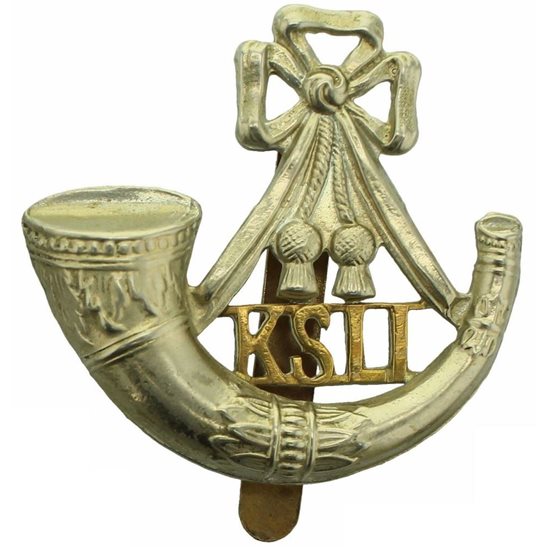Personal Details
Born: 11 April 1880 in Almeley, Herefordshire.
Family: He was one of nine children born to James Anthony, a school master and his wife Margaret, nee King. He also had four half siblings. He married Eleanor Burrows in 1906 in Whitchurch, Shropshire. The couple had two children, George Frank and Margaret H. Sadly Margaret died in the year in which she was born.
Residence: In 1881 his family were living in Short Heath, Willenhall, Wolverhampton, Staffordshire. By 1891 they had moved to the School House, Tilstock, Shropshire. This was still their home in 1901. By 1911 and now married with a son his family were living at 69 Talbot Street, Whitchurch. An address of 39 Talbot Street was given for him in 1918 when he was a prisoner of war. In 1939 he was living at Hazelwell, Queens Road, Whitchurch. At the time of his death in 1969 his home was 20A Claypit Street, Whitchurch.
Employment: In 1901 his occupation was a wheelwright. By 1911 he was a foreman in a timber yard and in 1939 the manager of the timber yard.
Died: 29 June 1969 in Whitchurch, Shropshire.
Military Details
Regiment: King’s Shropshire Light Infantry
Rank: Sergeant
Service Number: 201185
Date of Enlistment: Not known
Date of Discharge: Not known
Reason for Discharge: Not known
Frederick was awarded the Campaign Medals (British War medal and Victory medal)

The British War Medal (also known as 'Squeak') was a silver or bronze medal awarded to officers and men of the British and Imperial Forces who either entered a theatre of war or entered service overseas between 5th August 1914 and 11th November 1918 inclusive. This was later extended to services in Russia, Siberia and some other areas in 1919 and 1920. Approximately 6.5 million British War Medals were issued. Approximately 6.4 million of these were the silver versions of this medal. Around 110,000 of a bronze version were issued mainly to Chinese, Maltese and Indian Labour Corps. The front (obv or obverse) of the medal depicts the head of George V. The recipient's service number, rank, name and unit was impressed on the rim.
The Allied Victory Medal (also known as 'Wilfred') was issued by each of the allies. It was decided that each of the allies should each issue their own bronze victory medal with a similar design, similar equivalent wording and identical ribbon. The British medal was designed by W. McMillan. The front depicts a winged classical figure representing victory. Approximately 5.7 million victory medals were issued. Interestingly, eligibility for this medal was more restrictive and not everyone who received the British War Medal ('Squeak') also received the Victory Medal ('Wilfred'). However, in general, all recipients of 'Wilfred' also received 'Squeak' and all recipients of The 1914 Star or The 1914/1915 Star (also known as 'Pip') also received both 'Squeak' and 'Wilfred'. The recipient's service number, rank, name and unit was impressed on the rim.

